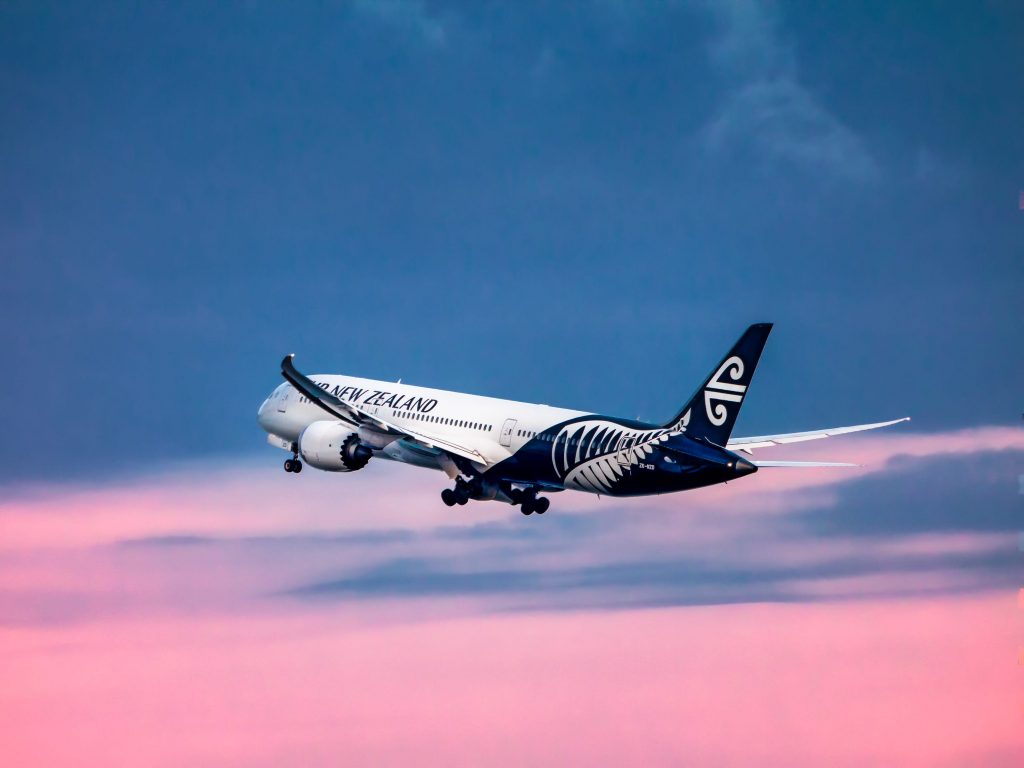- Oxygen masks were wrongly deployed on an Air New Zealand flight, the New Zealand Herald reported.
- The plane had been descending 7,000 feet to avoid turbulence, the airline's safety chief said.
- One passenger told the paper that two people had panic attacks after the false emergency occurred.
Oxygen masks were deployed on an Air New Zealand flight from Los Angeles to Auckland as it descended 7,000 feet to avoid turbulence in what turned out to be a false emergency , the New Zealand Herald reported.
Passengers on NZ5 were awoken by the cabin lighting suddenly turning on along with an automated announcement telling them "This is an emergency. This is an emergency. Put on your mask", according to the newspaper.
Morgan Kelly, a 23-year-old passenger on the flight, told the Herald she saw at least two people having panic attacks, with even the cabin crew surprised by the sudden emergency.
"All the flight attendants have to snap into it as if it was an emergency. Everybody was so shocked, including them – it was quite crazy," she said. "Then it was a harrowing 15 minutes of nobody knowing what was going on."
The pilot told the cabin crew to follow emergency instructions and wear oxygen the masks before announcing that "everything was fine" after checking the systems.
The masks remained deployed for the remaining three hours of the flight because they had to be manually restored.
The airline's safety chief, Captain David Morgan, told the NZ Herald the masks automatically deployed after the flight descended from an altitude of 34,000 feet to 27,000 feet to avoid turbulence.
"During this descent an automated emergency warning activated requesting customers put on their oxygen masks," he said.
"We are sorry for the alarming wakeup call on this flight. This was not an emergency situation and the oxygen masks were not required. While our cabin crew and pilots worked quickly to reassure everyone on board, we know it was distressing for our customers."
Oxygen masks typically deploy when there are cabin pressurization problems or a significant reduction in altitude, which may have been the trigger on this flight.
The fault was being investigated and would be fixed before the plane's next flight, an Air NZ spokesperson told the NZ Herald.
